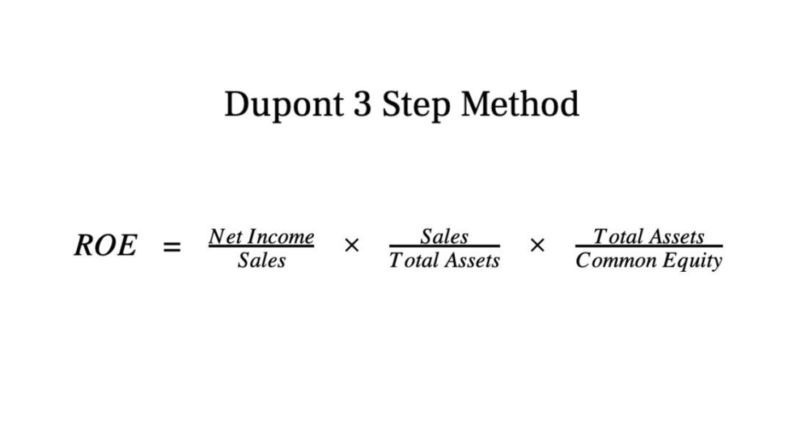
These payments are usually monthly, and the software is often cloud-based. A method where you calculate the costs and profitability of each job performed for your customers. A calculation of a financial transaction where no precise value can be determined. Estimates are often made based on expert judgment, background knowledge, and historical data.
- An example of COGS would be the cost of Materials, or the Direct Labor to provide a service.
- That amount which increases the capital of the business is called income.
- However, not all business owners have the time or means to pursue formal training.
- A company mustn’t hold too much or too little of an unsold product or service.
- It includes the production of goods and services, purchase and sale of goods and services, banking, insurance, education transportation, and any other trading activity etc.
- Each staff reviewer at Merchant Maverick is a subject matter expert with experience researching, testing, and evaluating small business software and services.
- Net income (or net profit) is the total profit after all expenses, including taxes and interest, are deducted from the total revenue.
Assets (Current and Non-current Assets)
- By setting due dates on invoices, customers may be more likely to pay invoices faster.
- These concepts ensure consistency, accuracy, and reliability in financial reporting.
- This financial statement is crucial in determining whether your records are correct and may help detect accounting errors or fraud.
- This goes on for 12 months until the end of the financial year when all the data is sent to a chartered accountant.
A ledger is a collection of accounting basics accounts that categorically summarizes transactions for specific types, such as accounts receivable or accounts payable. A journal is a chronological record of financial transactions, capturing essential details such as dates, accounts involved, and the corresponding debits and credits. The general ledger is a comprehensive record that compiles all accounts used by a business. On a balance sheet, equity is found by taking the difference between liabilities and assets. Owner’s equity is a different term for how much of something a person or business actually owns. Property equity shows how much of a mortgage has been paid off, and stock equity shows how much of a company is owned through stock.

Steps to managing your business accounting

The 5 basic principles of accounting are the Revenue Recognition Principle, bookkeeping Cost Principle, Matching Principle, Full Disclosure Principle, and Objectivity Principle. In accounting, stock refers to a company’s ownership shares issued to raise capital. Stockholders own a portion of the company and may receive dividends or capital gains if the company performs well. Fixed assets, also known as non-current assets, are long-term resources like property, buildings, machinery, and equipment that a company uses to operate.

Ledger
A company must file a tax return and accounts with Companies House annually. An accountant can do this via electronic funds transfer (EFT) or outsource the task. In the context of a bakery, assets might include the building, ovens, delivery vehicles, and even recipes. Proper management of assets ensures that your business can operate efficiently and remain competitive.
- The title indicates that the holder has considerable accounting knowledge and is eligible to work in this sector.
- Payroll accounting also includes tracking money withheld from each paycheck, including taxes or any benefits the employee receives.
- When cash discount is allowed customer is required to pay the less due amount, so it encourages the customer to pay as early as possible.
- Each transaction recorded in a general ledger or one of its sub-accounts is known as a journal entry.
- It helps in getting a clear picture of the financial position of the business by seeing the value of a company’s assets and liabilities.
Cash accounting doesn’t work well for larger companies or companies with a large inventory because it can obscure the actual financial position. A bank reconciliation is a process to ensure that a company’s cash balance on the balance sheet corresponds to the amount on its bank statement. This process aims to ascertain the differences between the two to know whether accounting changes are needed. The bank statement’s information outlines Car Dealership Accounting the deposits, withdrawals, and other activities affecting a bank account for a specific period.
- Just as the accounting equation must always balance, total debits must always equal total credits.
- Publicly traded companies are collectively owned by the shareholders who hold their stock.
- With the cash method, you’ll recognize and record revenue and expenses on the day they’re received or paid.
- Quotes may be generated based on the individual needs of a particular customer.
- You’ll usually see gross profits on your company’s income statement, as well as pretty much any business tax form.
- For example, suppose a company sells its services in December but receives the money in January, then its revenue will be recorded in December under the accrual concept.
Track your expenses

The purpose of these Generally Accepted Accounting Principles is to improve the accuracy, consistency, and comparability of the communication of financial information. It makes it easier for investors to analyze and extract useful information from the company’s financial statements. The 5 basic accounting concepts include the Business Entity Concept, Money Measurement Concept, Going Concern Concept, Accounting Period Concept, and Cost Concept. These concepts form the foundation for recording financial transactions. Accruals are adjustments made to account for revenues earned or expenses incurred that haven’t yet been recorded. This ensures that income and expenses are recognized in the period they occur, rather than when cash changes hands.

